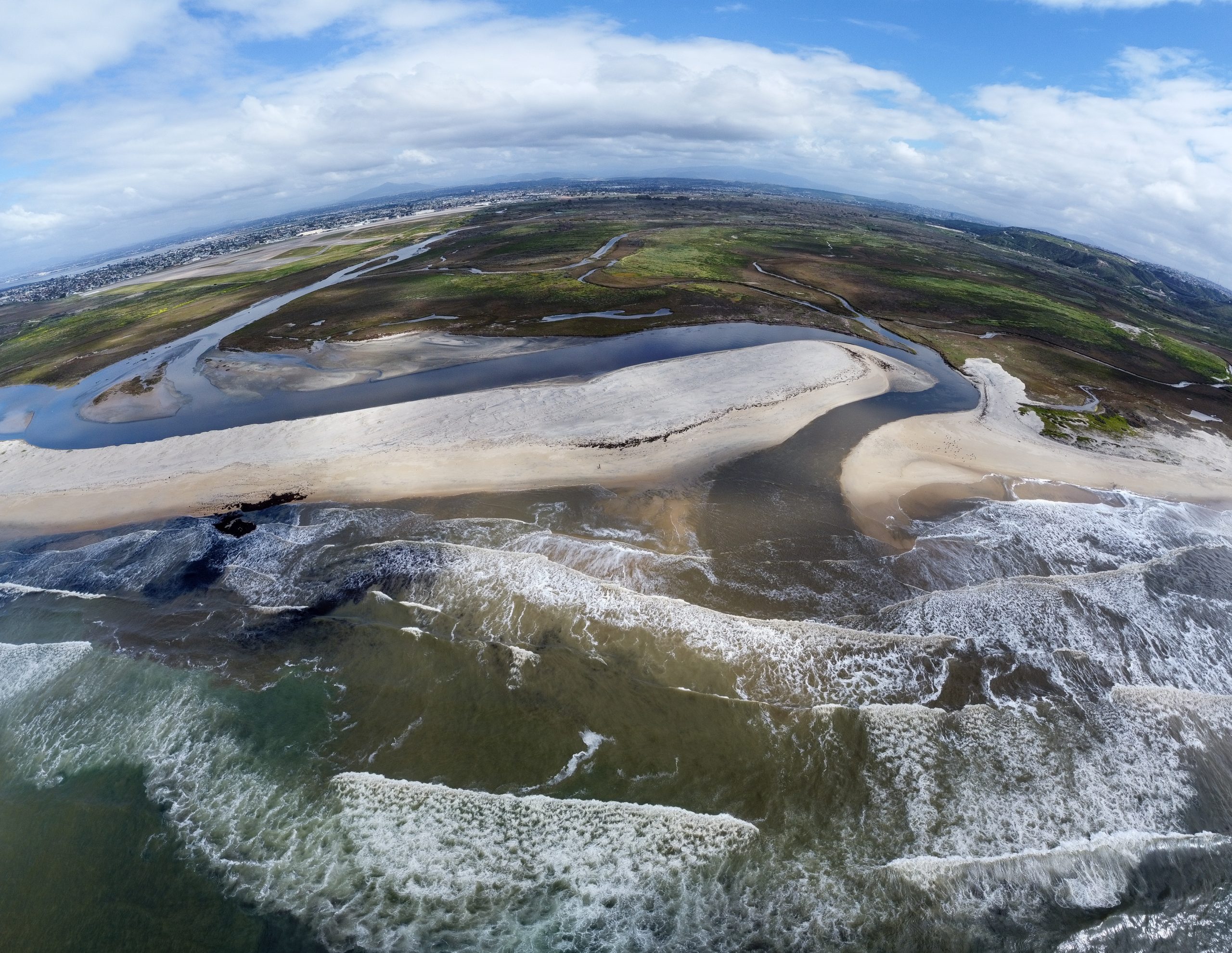The primary objective of this study is to investigate the potential link between poor water quality and air quality in the southern San Diego region.
Here is what we will be doing:
click here for the Spanish version
Mapping smells and air pollution
We will be driving the UT Austin mobile electric van equipped with instruments to directly sample and measure the air, which will help us understand, among other things, which chemical species are contributing to the smells and air pollution. Importantly, we will be able to directly measure what people are breathing. Our goal is to better understand the airborne exposure pathway!
Measuring particles and gases in the air
We are installing instruments in homes and locations around Imperial Beach: some of these devices measure Particulate Matter (PM), very small particles in the air; others measure gases. We will also have a mobile lab with a suite of air quality instruments. We will be mapping out how these particles and gases change as they move from the ocean towards land. We will also be working to understand how they vary during the day versus the night.
Analyzing the air for biological particles
We will be sampling the air at certain sites to collect bacteria, viruses, endotoxins and other chemicals in the air to better understand their sources.
Understanding the smell
We will be using instruments to better understand the volatile organic compounds (VOCs) contributing to the range of odors in the region.
Indoor air and dust sampling
Given that people spend 90% of their time indoors, we will also begin measuring the air and dust inside some homes in the community to understand what people are being exposed to in their homes.
Connecting air quality to health effects
We're working to determine if there are connections between health effects and what is measured in the air using a survey developed by SDSU [link available soon].
Improving future models
We will also be using gas and particle measurements to determine how the gases contribute to the marine haze and air quality. The results will be used to improve air quality models.
This study will help us better understand the local air quality and how it might affect our health.
We are here to help—and there are things you can do to improve the quality of air you are breathing such as installing air filters in your home. We filter the water we drink – why not filter the air before we breathe it?
If you have any questions, please feel free to talk to us if you see our science team around the city or contact bklimeck@ucsd.edu.

